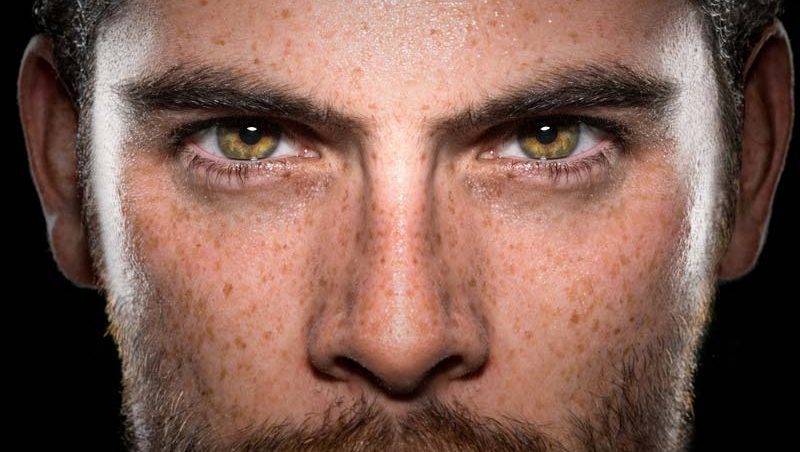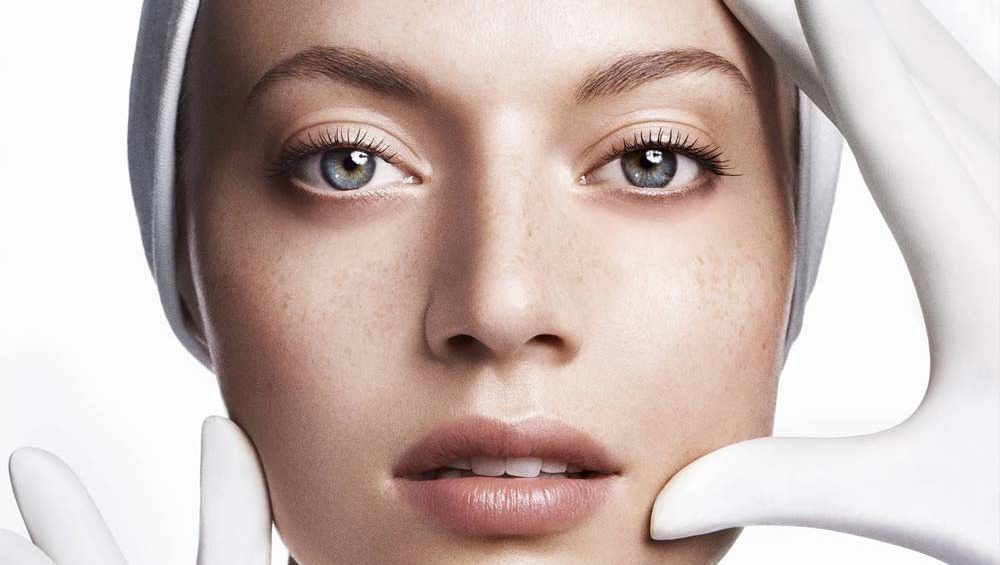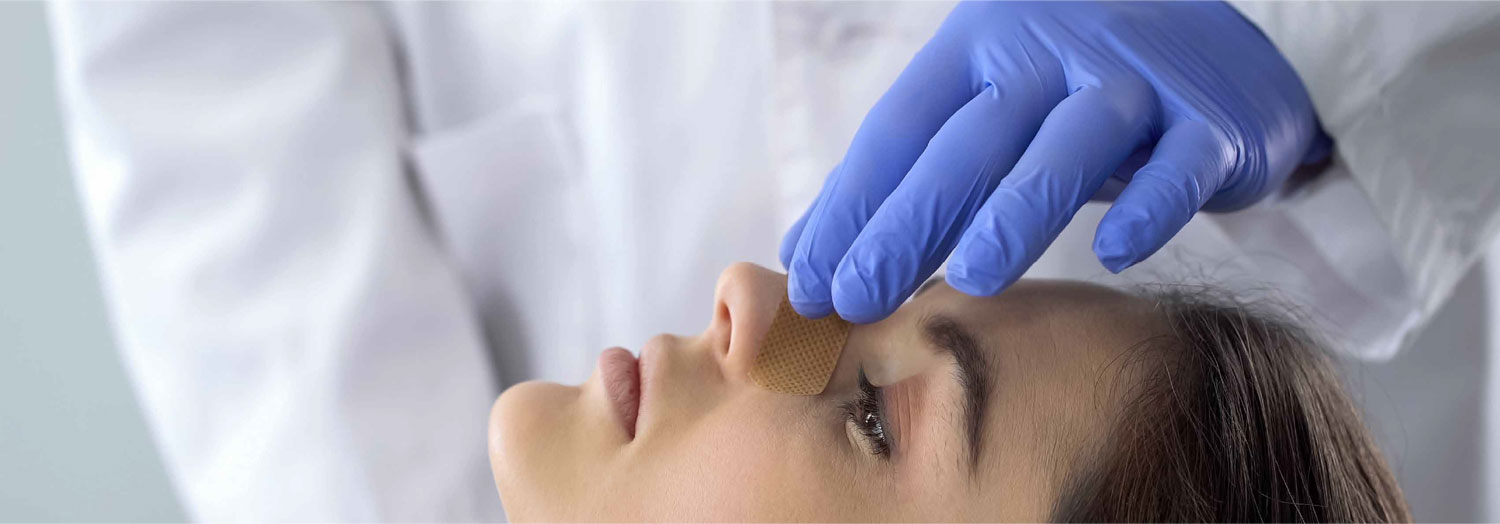Traditional rhinoplasty often involves breaking bones, either to remove a bony hump, or to thin the bony bridge, all of which is done using a chisel and hammer. Recently, a new technology has been incorporated into a rhinoplasty Dubai surgeon’s repertoire, which uses Piezo technology, or ultrasonic rhinoplasty as it is also known, for cutting, or shaving, bone. It has drastically decreased the need for breaking bones due to its precision when shaving and contouring, leaving the surrounding soft tissues, cartilage, fat, and skin unaffected. This not only ensures better results than the traditional method, but also means a shorter downtime for patients, with almost no bruising and minimal swelling. Dr. Shahram is the first plastic surgeon to use this technology in rhinoplasty in the UAE and has extensive experience using it routinely since 2014.

Dr. Shahram understands the profound impact a well-proportioned nose can have on your overall facial harmony and confidence. Driven by a passion for perfection and an unwavering commitment to patient satisfaction, Dr. Shahram is a renowned expert in the art of rhinoplasty, based in Dubai. With years of experience and a reputation for delivering exceptional results, Dr. Shahram combines surgical precision with a keen aesthetic eye to create natural-looking, harmonious outcomes. Whether you’re seeking rhinoplasty for functional reasons or aesthetic enhancements, our dedicated team is here to guide you through the process, ensuring personalized care and the highest standards of safety. Discover the beauty of balance and symmetry with rhinoplasty with Dr. Shahram – your trusted plastic surgeon for transformative nasal surgery in Dubai.
Choosing Dr. Shahram means entrusting your facial harmony to a skilled and experienced plastic surgeon. Dr. Shahram specializes in both cosmetic and reconstructive rhinoplasty, addressing a wide range of concerns, from nasal humps and crooked noses to breathing difficulties due to structural issues. With a deep understanding of facial aesthetics and a focus on individualized treatment plans, Dr. Shahram ensures that each patient receives a customized approach tailored to their unique features and goals. Our state-of-the-art facility in Dubai, coupled with Dr. Shahram’s expertise, offers you the opportunity to achieve the nose you’ve always desired – one that beautifully complements your face and enhances your overall confidence. Schedule a consultation today to embark on your journey towards a more refined and harmonious facial appearance.
Rhinoplasty reshapes the nose by reducing or increasing the size, removing a hump, changing the shape of the tip or bridge, narrowing the span of the nostrils, or changing the angle between the nose and upper lip. This procedure may also relieve some breathing difficulties when combined with surgery performed on the nasal septum.

Surgery takes approximately two hours or more. It is generally done under general anaesthesia.
INPATIENT/OUTPATIENT
It can be an outpatient or inpatient procedure.
POSSIBLE SIDE EFFECTS
Temporary swelling, bruising around the eyes and/or nose, and some bleeding and nasal stuffiness.
Infection, asymmetry, unsatisfactory nasal shape and incomplete improvient (which would require additional surgery) are possible.
The patient may go back to work after one week. Activities that are more strenuous may be resumed after two to three weeks. The patient should avoid any activity that could impact on the nose or allow it to become sunburned for at least eight weeks. The use of a sunblock that provides both UVA and UVB protection is useful. The final results may take one year and sometimes longer to achieve.
Permanent.
INCREASING TIP PROJECTION – BEFORE AND AFTER
Augmenting the dorsum – BEFORE AND AFTER
Scar after open rhinoplasty – BEFORE AND AFTER
Day one after rhinoplasty – BEFORE AND AFTER
Day 7
Day 7 after rhinoplasty – BEFORE AND AFTER
Crooked nose – BEFORE AND AFTER
Septoplasty – BEFORE AND AFTER
Reduction of width of nose – BEFORE AND AFTER
Male rhinoplasty – BEFORE AND AFTER
Revision rhinoplasty – BEFORE AND AFTER
Ethnic rhinoplasty – BEFORE AND AFTER
Scar after rib cartilage harvest – BEFORE AND AFTER

Rhinoplasty is a surgical procedure also known as a "nose job" that involves reshaping the nose. It can be performed for both aesthetic and functional purposes. Aesthetic rhinoplasty is typically performed to change the size, shape, or proportion of the nose in order to enhance its appearance and improve facial harmony. Functional rhinoplasty, on the other hand, is performed to correct breathing problems caused by structural abnormalities or defects in the nose, such as a deviated septum.
Rhinoplasty, like any surgical procedure, carries some risks, but when performed by a qualified and experienced surgeon in an accredited facility, it can be a safe and effective procedure. Risks can be minimized by choosing a reputable surgeon who has extensive experience in performing rhinoplasty and by carefully following all pre-and post-operative instructions.
The length of time it takes to perform a rhinoplasty can vary depending on several factors, including the complexity of the procedure, the surgeon's experience, and the patient's individual anatomy. In general, a typical rhinoplasty surgery takes between 1 to 3 hours to complete. However, more complex cases that involve significant changes to the nasal structure or extensive grafting may take longer.
Yes, rhinoplasty and nose job are typically used interchangeably to describe the surgical procedure that involves reshaping the nose for aesthetic or functional reasons. Both terms refer to the same surgical procedure, which can involve altering the size, shape, and proportions of the nose to improve its appearance or function. "Nose job" is often used more colloquially, while "rhinoplasty" is the medical term used by doctors and surgeons to describe the procedure.
The results of rhinoplasty can be permanent, but this can vary from person to person. The new shape and structure of the nose are intended to be long-lasting, and in many cases, the results of rhinoplasty can be permanent. However, the final outcome may be influenced by several factors, including the patient's natural healing process, and the extent of the changes made during surgery. In some cases, additional touch-up surgeries may be required to achieve the desired result or to address any changes that occur over time. Additionally, the aging process can also affect the appearance of the nose over time, and some patients may experience changes in the shape or size of their nose due to factors such as weight fluctuations or pregnancy.
Preparing for a rhinoplasty surgery involves several important steps.
Here are some common preparations you can expect:
Consultation: Schedule a consultation with Dr. Shahram. During this meeting, you can discuss your goals, expectations, and any concerns you may have. Dr. Shahram will evaluate your nasal structure, provide recommendations, take pictures and prepare computer simulations of the changes expected and explain the surgical process in detail.
Medical Evaluation: Dr. Shahram will perform a comprehensive medical evaluation to assess your overall health and determine if you're a suitable candidate for surgery. This evaluation may include reviewing your medical history, conducting physical examinations, and ordering laboratory tests.
Communicate with Dr. Shahram: It's crucial to openly communicate with the Doctor about your desired results, any medical conditions you have, medications you take, and any allergies or previous surgeries. This will help ensure a safe and successful procedure.
Quit smoking and avoid certain medications: If you're a smoker, you will likely need to quit smoking for several weeks before and after the surgery, as smoking can impair the healing process. Additionally, your surgeon may advise you to avoid medications and supplements that can increase the risk of bleeding, such as aspirin and certain anti-inflammatory drugs and supplements such as Omega 3 and Cod liver oil.
Arrange transportation and support: Rhinoplasty may be performed as an outpatient procedure, meaning you'll be able to go home the same day. In any case, you'll need someone to drive you home after the surgery, as you may feel groggy or experience temporary side effects from anesthesia.
Pre-operative instructions: Dr. Shahram will provide you with specific pre-operative instructions that you should follow closely. These may include guidelines on fasting (not eating or drinking anything for a specified period before surgery), avoiding certain skin products, and taking any prescribed medications as directed.
Complete the contact form below and I will promptly be in touch to arrange your consultation.
We respect your privacy. We never share your information with third parties.